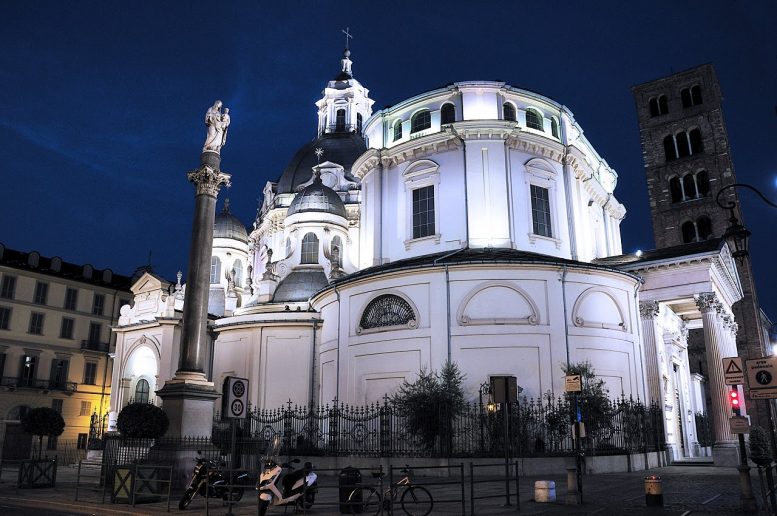The Turin churches they represent one of the essential faces of the city. In addition to the urban fabric, monuments and ancient buildings, it is also across the history of the churches that Turin it is told to citizens and tourists.
There are about a hundred churches in Turin that celebrate the rites religions and many of these have secular origins.
Whether it was built by a monastic order, by the royal family, by a wealthy benefactor or by a simple parish priest, each complex contains hidden beauties, precious artifacts, evocative environments rich in spirituality.
From the Duomo cathedral to the temple of the Great Motherhere are the main churches of Turin, which have now become city symbols worth a visit.
The Sanctuary-Basilica of Maria Consolatriceknown as “The Consolata” is Patroness of the Diocese and the city of Turin.
It guards thevotive image of the Mother of God with the Holy Child, whose discovery dates back to 1104 by a young blind man from Briançon who soon after recovered his sight.
There devotion to the Consolata it manifests itself mainly through the flow of ex voto that have come to the church for centuries. The sanctuary has, in fact, ex voto paintings from the 17th century. To these are added the dozens and dozens of ex-votos arrived between the end of the 19th century and the first half of the 20th century. A historical and religious heritage of great value that belongs to the whole city of Turin.
The sanctuary stands on the foundations of a much older church dedicated to theapostle Andrew which, together with the monastery, was the first seat of the Benedictine monks in Turin in 906. In 1589 the Cistercians who took over from the Benedictines made the first important changes to the complex and valued the Marian cult.
L’architectural work more significant it was, however, that of the architect Guarino Guarini (1678-1704). While the image of the Madonna and Child was placed on a new altar designed by Filippo Juvarra.
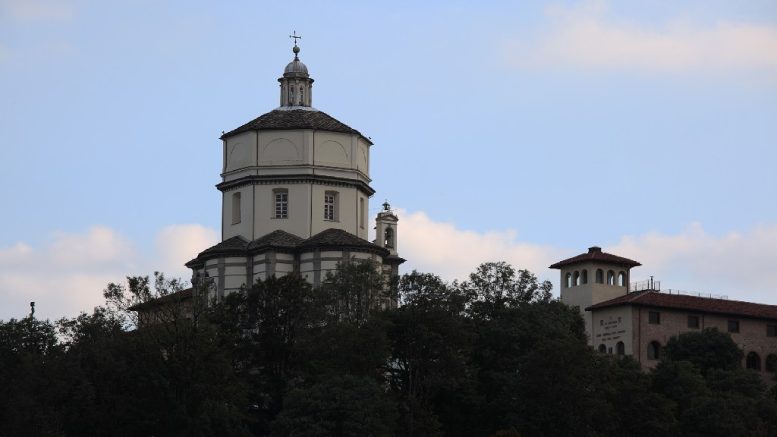
There church of Santa Maria del Monte looks at Turin from the top of Monte dei Cappuccini, the hill that overlooks the city and dominates the panorama. It is a place of worship that worth the visit regardless of religious inclinations.
Small and intimate, it is characterized by its growing verticality. The interiors are enriched with baroque decorations and theoptic effect from depth created by the gilded wooden perspective on several floors, which frames a small table depicting the Madonna with Child.
Monte dei Cappuccini can be reached with a short walk from the center of Turin and once up, it is possible to have one 180 ° view over the entire city.
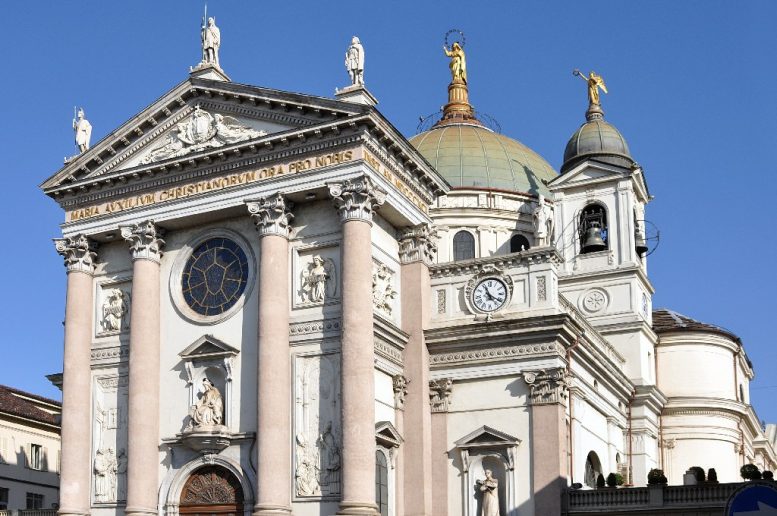
Basilica of Mary Help of Christians
Strongly desired by Don Bosco, whose figure is honored by a statue in front of the entrance, the Basilica of Maria Ausiliatricand it is frequented every year by thousands of pilgrims. It is the heart ofSalesian work.
Inside, the image of the Help of Christians on the high altar appears majestic. To surround the relics of St. John Bosco, numerous frescoes, sculptures And yellow marble from Siena. For those who want to know and deepen the life of San Giovanni Bosco, a free visit to the Don Bosco House Museum always in Via Maria Ausiliatrice 32.
- Opening: It is possible to visit the Basilica of Mary Help of Christians every day from 8.00 to 19.00, compatibly with the Eucharistic celebrations or moments of prayer requested by the groups.
- Address: Via Maria Ausiliatrice, 32 – Turin
- Contacts: 01152241
www.basilicamariaausiliatrice.it
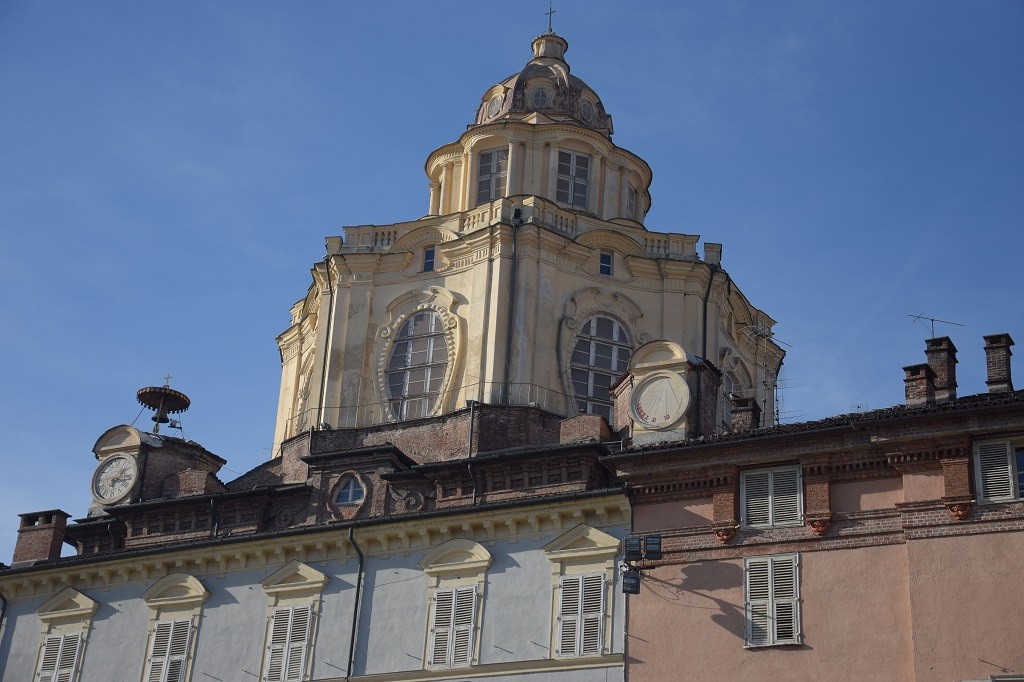
Located on the north-west side of the central Piazza Castello and close to the Piazzetta of the Royal Palace, the Real Church of San Lorenzo it is a tribute to the Duchy of Savoy. With the peace of Cateau Cambrésis (1559), in fact, the Duke Emanuele Filiberto decided to dedicate the ancient church of Santa Maria ad Presepae which stood right in the area of Savoy power.
The act decreed the defeat of the French army (August 10, 1557, the day of San Lorenzo) which allowed the Spanish hegemony over Europe and the arrival of the Savoy in Turin. It was here that, among other things, Emanuele Filiberto had the Holy Shroud brought, so that she was venerated by San Carlo Borromeofor an ex voto made during the plague in Milan. The sublime architecture that we can admire is the result of undisputed genius of Guarino Guarini, the same architect took care of the dome of the Shroud chapel.
- Tourist visits opening:
– Weekdays, from 9.00 to 12.00 and from 15.30 to 18.00
– Public holidays, from 15.30 to 18.00 (no visits during the morning celebrations).
Obligation to book visits to the Friends of San Lorenzo Association: amicisanlorenzo2019@libero.it – 3474090378 - Address: Via Palazzo di Città, 4 – Turin
- Contacts: 0114361527 – info@sanlorenzo.torino.it – www.sanlorenzo.torino.it
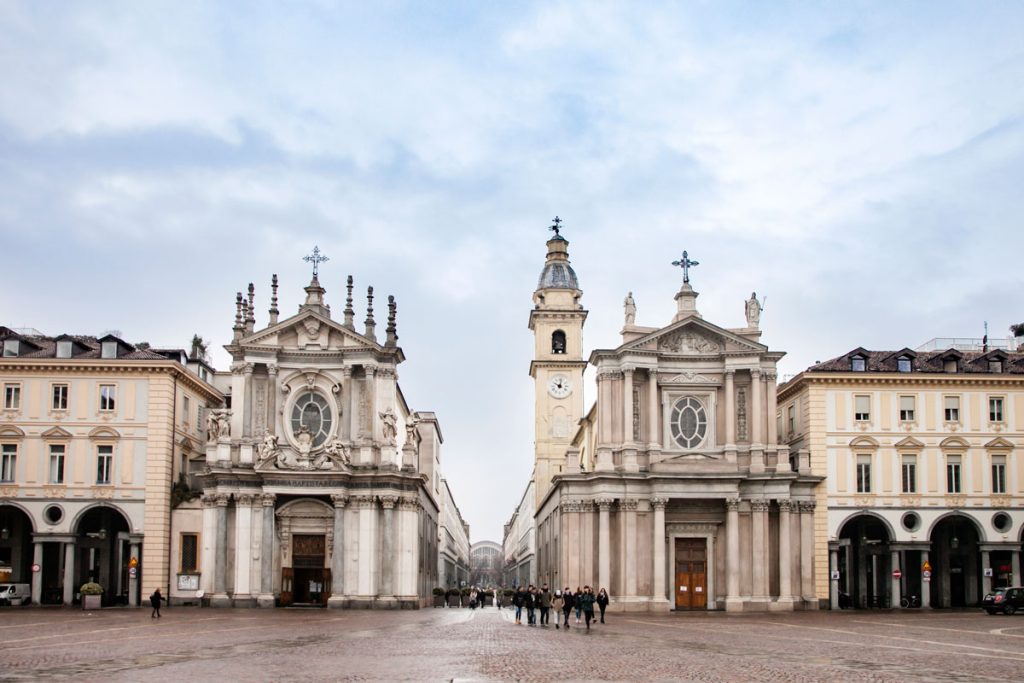
The two twin churches of San Carlo And Santa Cristina close the more elegant square of Turin: piazza San Carlo. Among the most important churches in Turin, they are the symbol of aelegant architecture and sober that nevertheless manages to embellish the town scenography.
- Opening:
– Weekdays: from 8.30 to 13.30 and from 15.00 to 17.30
– Public holidays: from 9.00 to 12.00 and from 16.00 to 19.30 - Address: Piazza San Carlo – Turin
- Contacts: 011539281
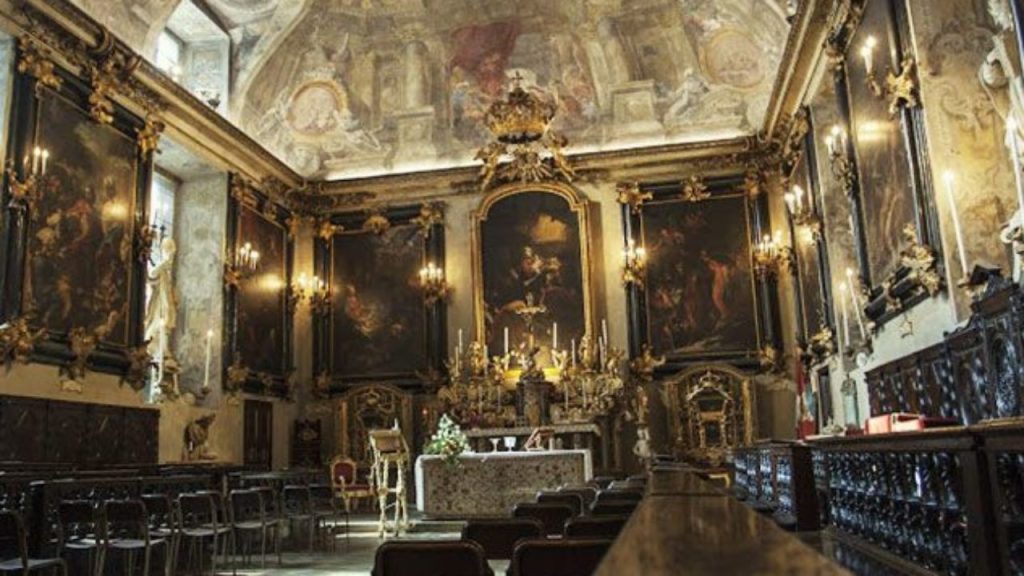
Chapel of the Merchants
Jewel of Baroque art, the Chapel of the Merchants, of Shopkeepers and gods Bankers it is a treasure chest to visit. Built in 1692 to provide the Congregation with a space for meeting and prayer, it is still a space of enchanting value today. Among the pearls inside it, we find the Perpetual Calendaran ‘ancient computing machine designed in 1832 and containing the days ranging from the year 0 to 4000 AD.
The Chapel is also equipped with an in enviable acousticsa feature that makes it the ideal location for classical music concerts.
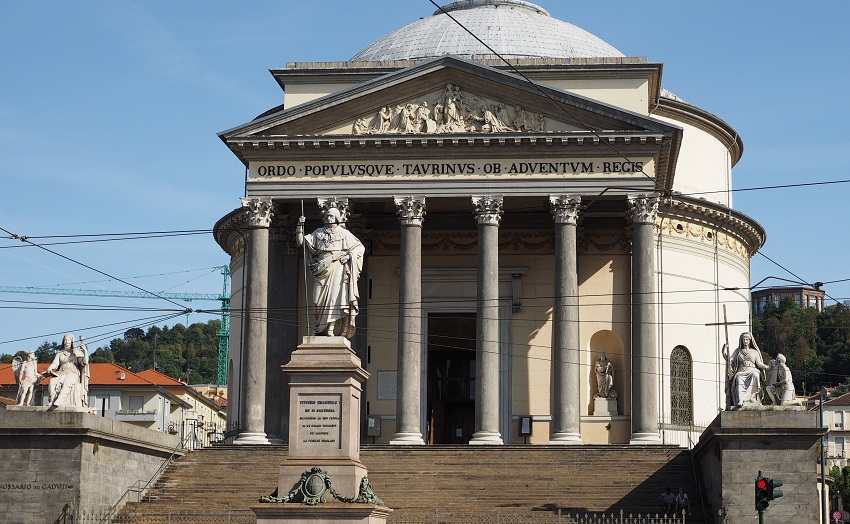
Considered one of the most important places in Turinthe Gran Madre is a Pantheon-shaped church erected in memory of the fall of Napoleon and the return of Vittorio Emanuele I to the city.
According to an esoteric interpretation, the church would be located along the white diagonal of the magical city, the one where positive energy flows. Certainly the complex releases mystery and charm, especially for the sculptural apparatus that composes it. On the sides of the stairwayin fact, there are two female figures: the Religion statue and the statue of the Faith. According to some interpretations, the latter holds the chalice with one hand, and with the other indicate the site where the legendary Holy Grail would be hidden.
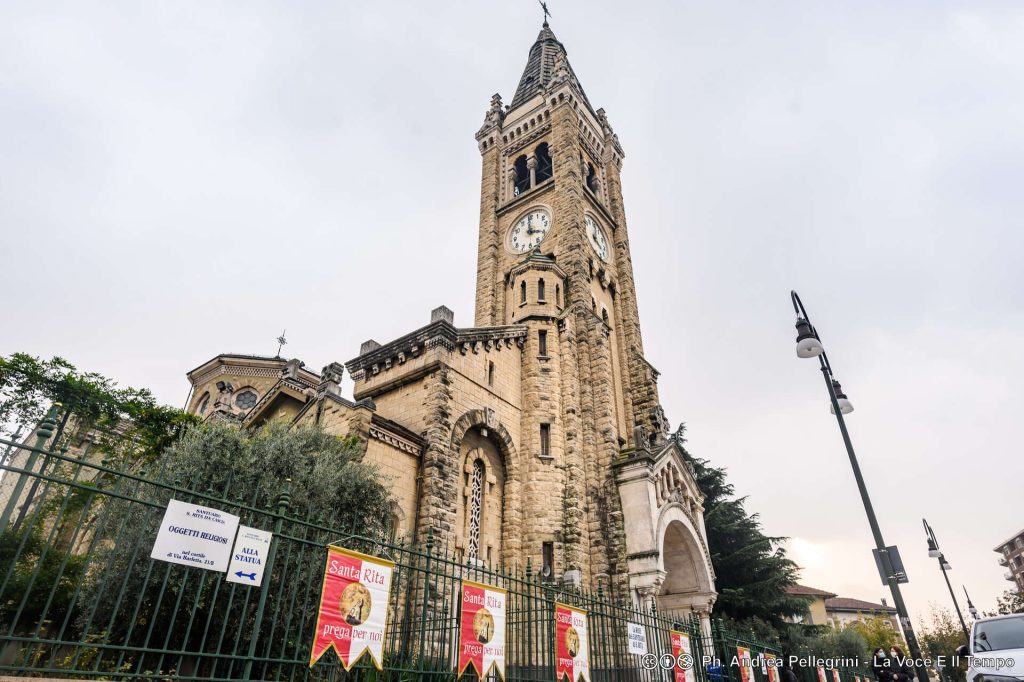
Sanctuary of Santa Rita da Cascia
The church dedicated to Santa Rita is due to the will of Don Giovanni Bailore. L’former military chaplain in 1927thanks to land donated by the municipality, he worked hard to build the complex in an area characterized by the presence of workers’ houses.
Area that since then took on in the name of the district of Santa Rita. Already for the May 22, 1934feast of the saint, the structure was now built, complete with bell tower 40 meters high. The eclectic style is referable to French neo-Gothic and releases all its beauty both inside and outside the church.
- Sanctuary opening:
– Weekdays: from 7.00 to 12.00 and from 15.00 to 19.30
– Public holidays: from 7.00 to 13.00 and from 15.00 to 22.30 - Address: Via Giuseppe Vernazza, 38 – Turin
- Contacts: 0113290169 – segreteria@srita.it – www.srita.it
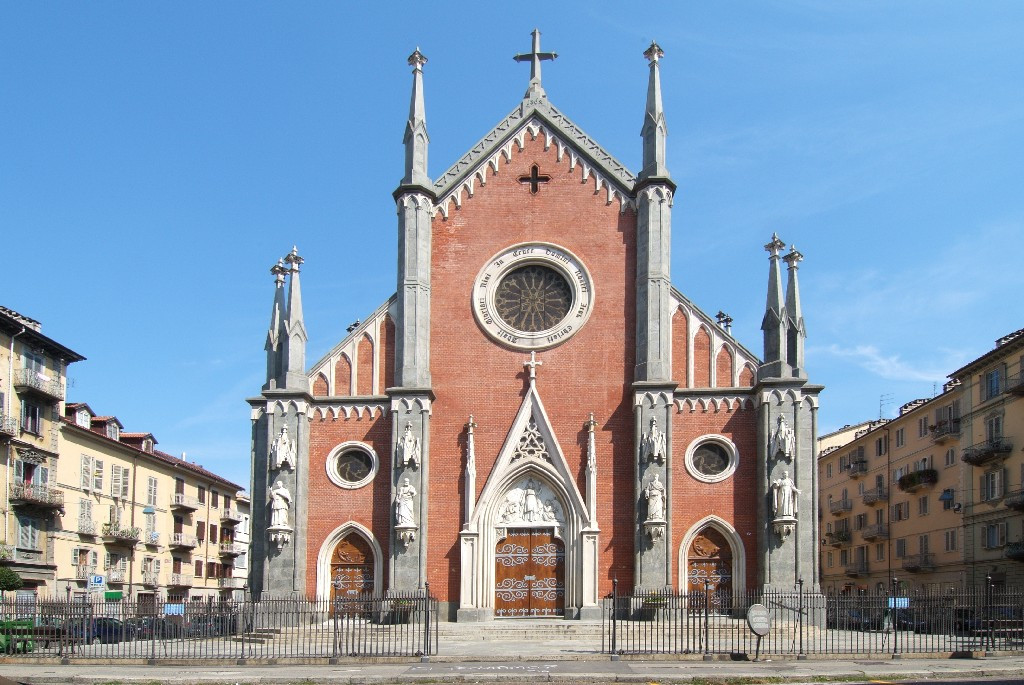
Church of Santa Giulia
The parish church of Santa Giulia is the first religious building in French neo-Gothic style built in Turin. It was built in the village of Vanchiglia thanks to the work of the benefactress Giulia Falletti of Barolo.
Unfortunately, the marquise was unable to see it completed, as she died two years before the work was completed. The church was inaugurated on June 23, 1866 and titled a Santa Giulia, virgin And Carthaginian martyr of the 5th century, to which the marquise was devoted. The remains of Giulia di Barolo rest in this place of worship since 1899. The project is fromengineer Giovanni Battista Ferrante who thought of a church with a Latin cross plan and three naves divided by high colonnades. Inside, the wooden furnishings and the ceiling representing a spectacular starry sky.
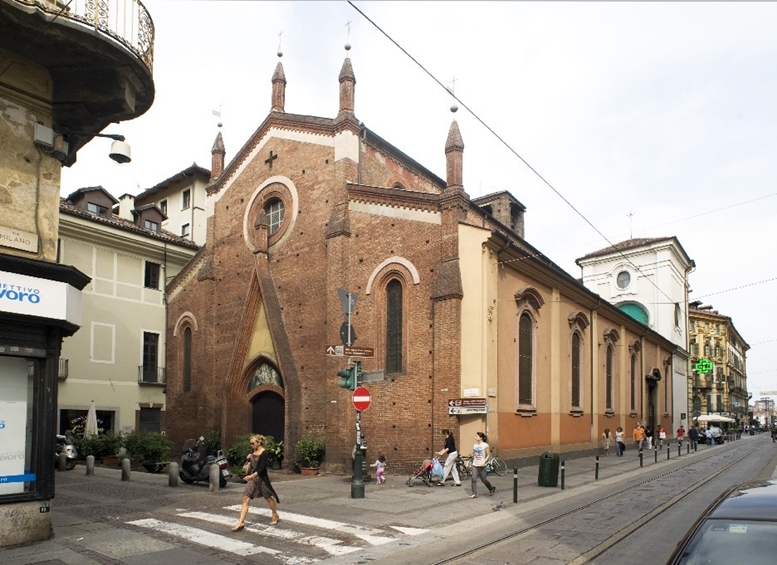
Church of San Domenico
The Church of San Domenico, built between 1334-1335, is the only Turin building in medieval Gothic style.
The church, with the characteristic brick facadeintroduces himself to three naves, with the central one wider and higher than the others. After a series of transformations undergone over the centuries, in 1906 a work of restoration interventions recovery largely the medieval physiognomy that he had lost. The level of the pavement of the square and of the church was then lowered by 60 cm, thus bringing it back to its original height. Later they came removed the seventeenth-century interventions and restored the medieval frescoes survivors. Today we can admire inside (in the chapel of the Graces) fourteenth-century frescoes which are unique examples in Turin.
- Opening: every day from 7.00 to 12.00 and from 16.00 to 18.30
- Address: Via San Domenico at the corner of Via Milano – Turin
- Contacts: 0115229711
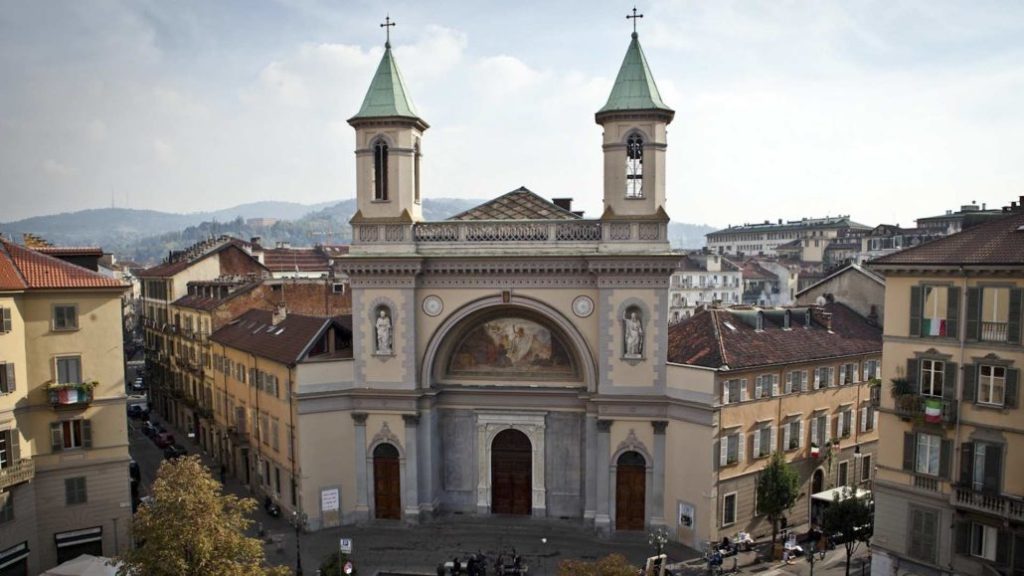
Church of Saints Peter and Paul of San Salvario
Among the streets of the wildest nightlife of Turin stands the church entitled to Saints Peter And Paolo Apostoli, represented by the two statues that emerge from the facade. The entrance is on wide Saluzzothe main square of the San Salvario district characterized by a rich ethnic variety.
The construction of the building – designed in a classical-Renaissance style by Carlo Velasco – dates back to the 1860s. It was then consecrated on November 12, 1865 in the presence of future Margherita of Savoy queen of Italy. Wherever you look at the church, the two stand out without a doubt bell towers that rise on the sides of the facade. The interior is also remarkable: the three naves are divided by 12 columns and joined by a huge altarpiece representing “The fall of Simon Magus“.
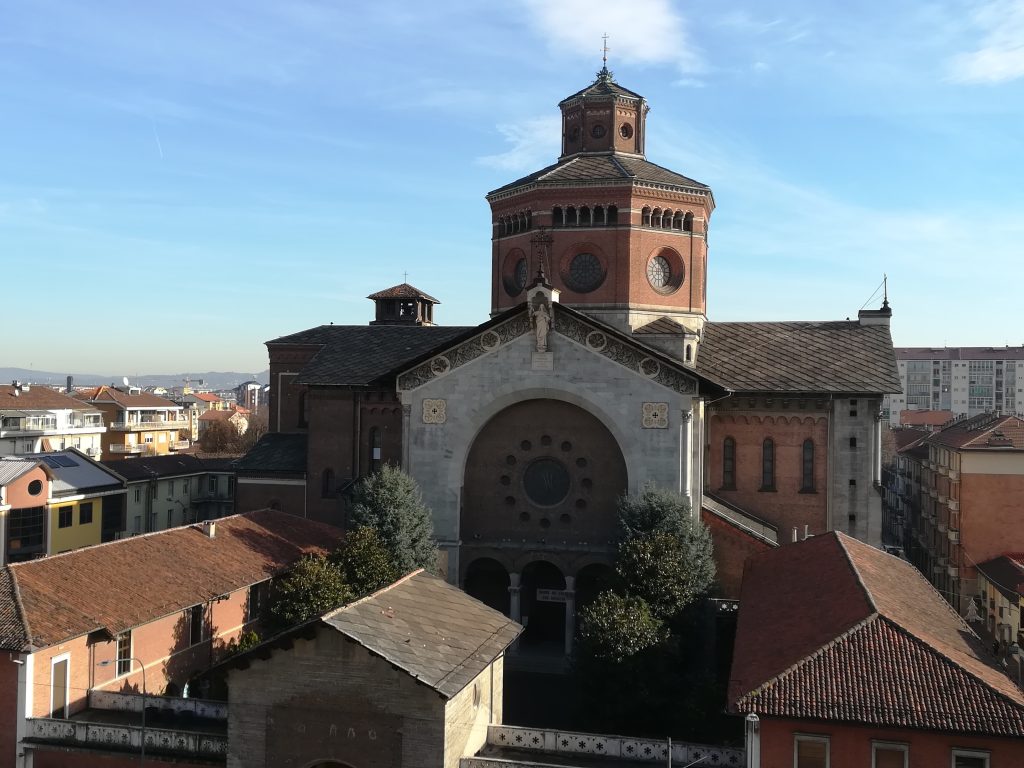
Church and Shrine of Our Lady of Health
The Chiesa della Salute is located in Borgo Vittoria, a district north-west of Turin which takes its name from the victory of the Piedmontese and Austrian arms against the French during the siege of 1706. erect from 1895 right on the place he saw it clash of the troops of Vittorio Amedeo II against those of Sun King.
At the time of its construction, it was decided to name it after Mary, “Health”, that is, salvation of the homeland. Reference was also made to the “health of the sick“, Having regard to the cholera pandemic which had hit the city in 1835. For a variety of reasons, i works were brought to term much later in the course of Twentieth century.
Today we can admire the majestic dome which rises very high above the roofs of the buildings of the village – between the churches of Turin is one of the highest. But also the altar of the Madonna with the painting by Enrico Reffo, the crypt of the fallen of 1706, the chapel with the remains of Don Murialdo. And again the large arch overlooking the pronaos protected by two equestrian statues representing Duke Vittorio Amedeo II and Prince Eugenio, commander of the imperial troops who helped the Duke to free Turin from the siege of 1706.
The main churches of Turin and the places of worship in the city – Mole24

